Movement of material during production
Today's times are full of questions, whether they concern employee safety, streamlining processes, movement of materials around the factory, or reducing energy costs. How do we deal with these questions?
Let's take a look and be inspired by England in 1917, where the Milk-run begins to be used. It involves regular collection of fresh milk jugs from individual farmers and delivery to the dairy for processing and subsequent delivery of empty jugs back to the farmers. So that the collection is as efficient as possible and with the lowest possible operating costs, this principle can be implemented in any production plant and thereby save money. Let's see how to do it.
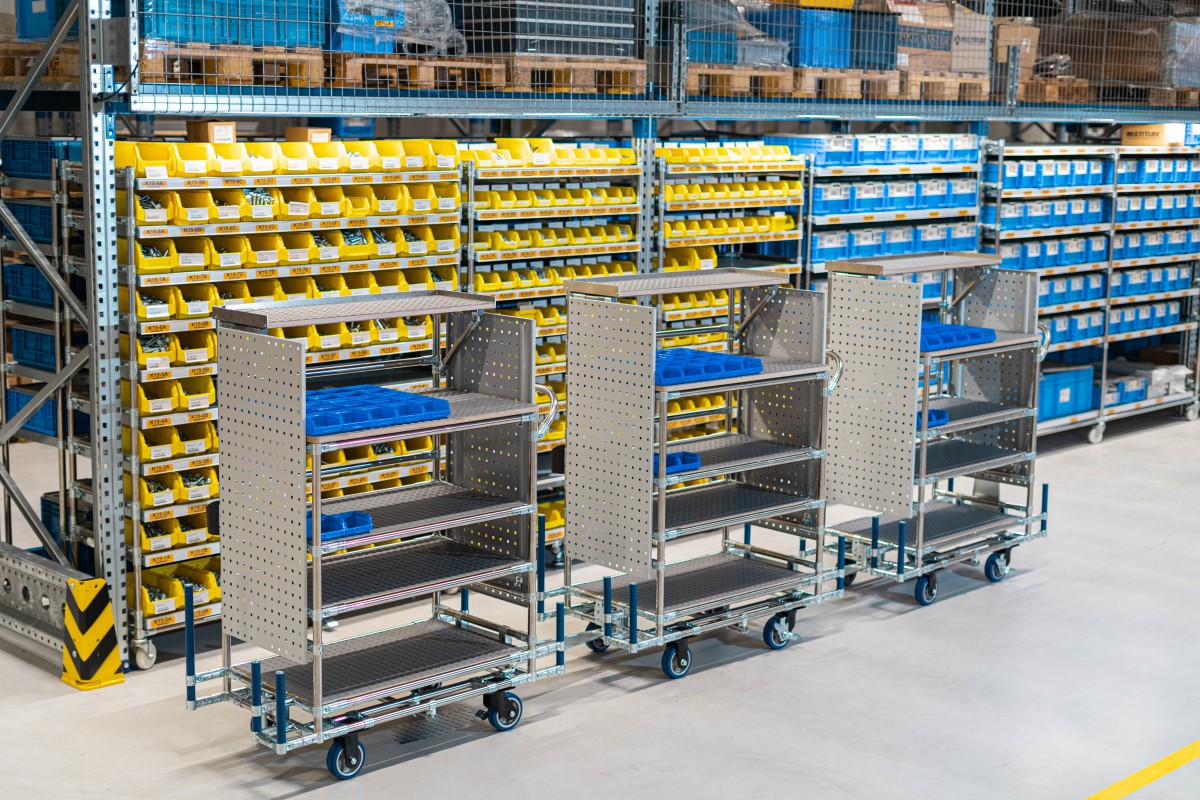
How do material flows work in your manufacturing plant? Do you use traditional forklift trucks to transport material and gradually load individual workplaces with a maximum of two different types of material? This means that the operator often returns to the warehouse, the cart is not always fully loaded, there are time delays in deliveries to individual workplaces, and errors or damage to the material or the finished product may also occur. However, this can be avoided if we are inspired by the English countryside and implement the Milk-run.

It may seem complicated at first, but it is only an appearance. Instead of individual, often repeating paths, one circular path is created. By examining the production in detail, a logistics map is created that reveals redundant steps in the delivery of material from the warehouse to the destination. In this way, it is possible to respond to the needs of production during the day, to make stockpiles clearer and to efficiently work the employees with regard to the elimination of strain and injuries resulting from carrying heavy loads.
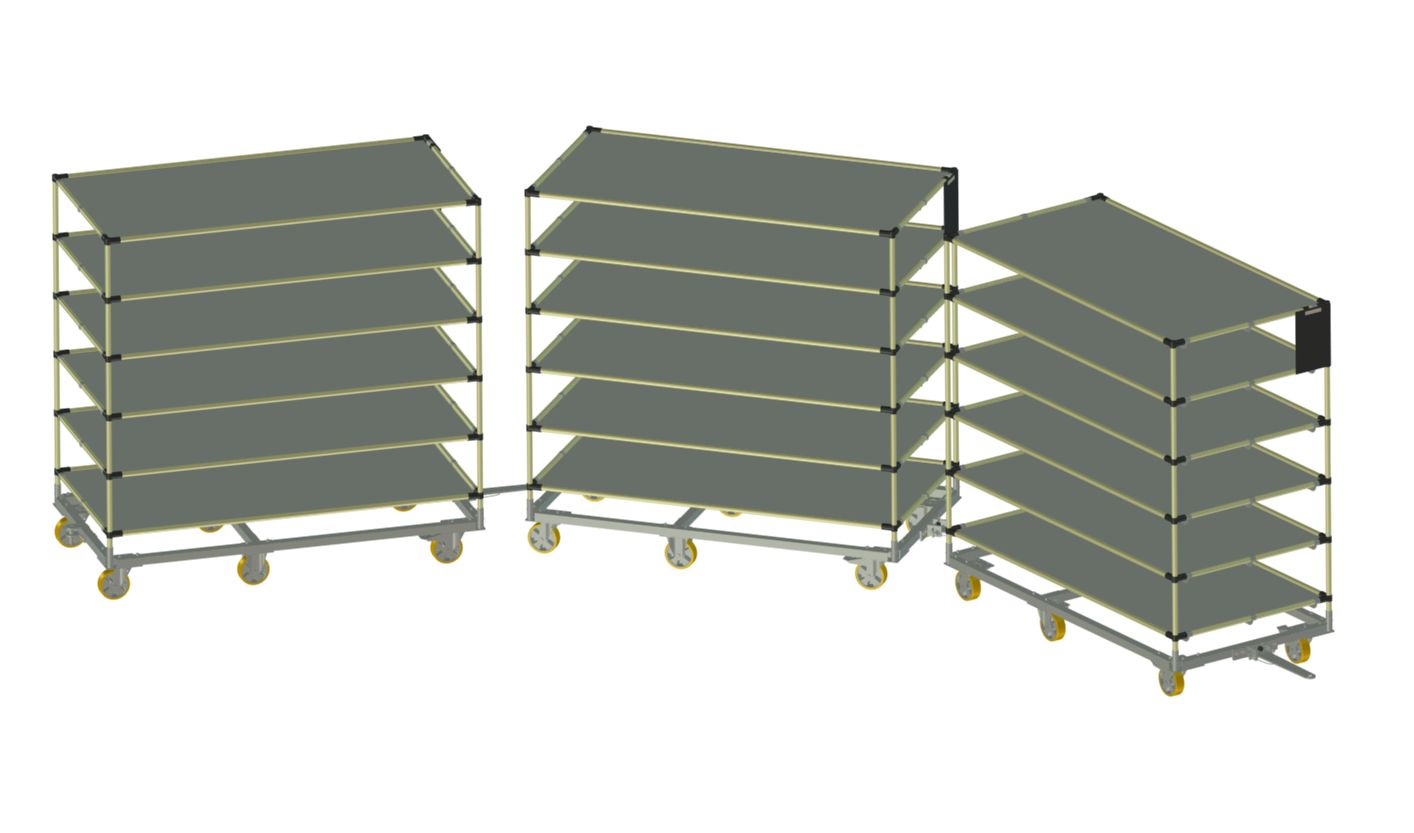
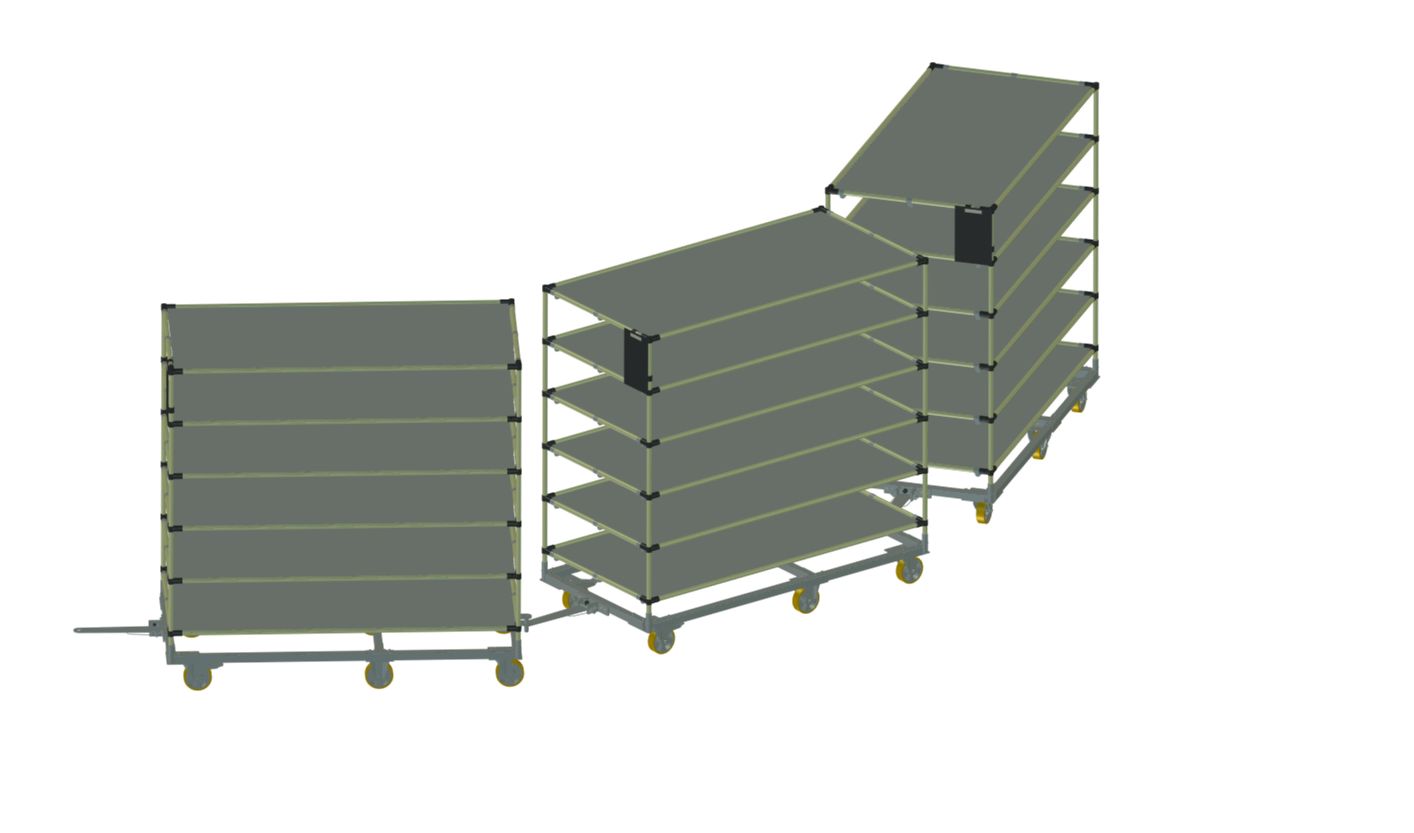
You don't have to worry about implementing Milk-run. You can start, for example, with a new handling cart equipped with an original mechanism, which is perfectly suited to logistics and production centers. Thanks to the small turning radius, the cart is able to turn even in a very small space. The handling cart provides the necessary mobility and efficiency that the Milk-run system requires. The trolley can be connected to a train of any length and thus ensure a sufficient supply of material in the production centers. The high-quality welded drawbar trolley can be customized to the customer's needs, be it color or dimensions.
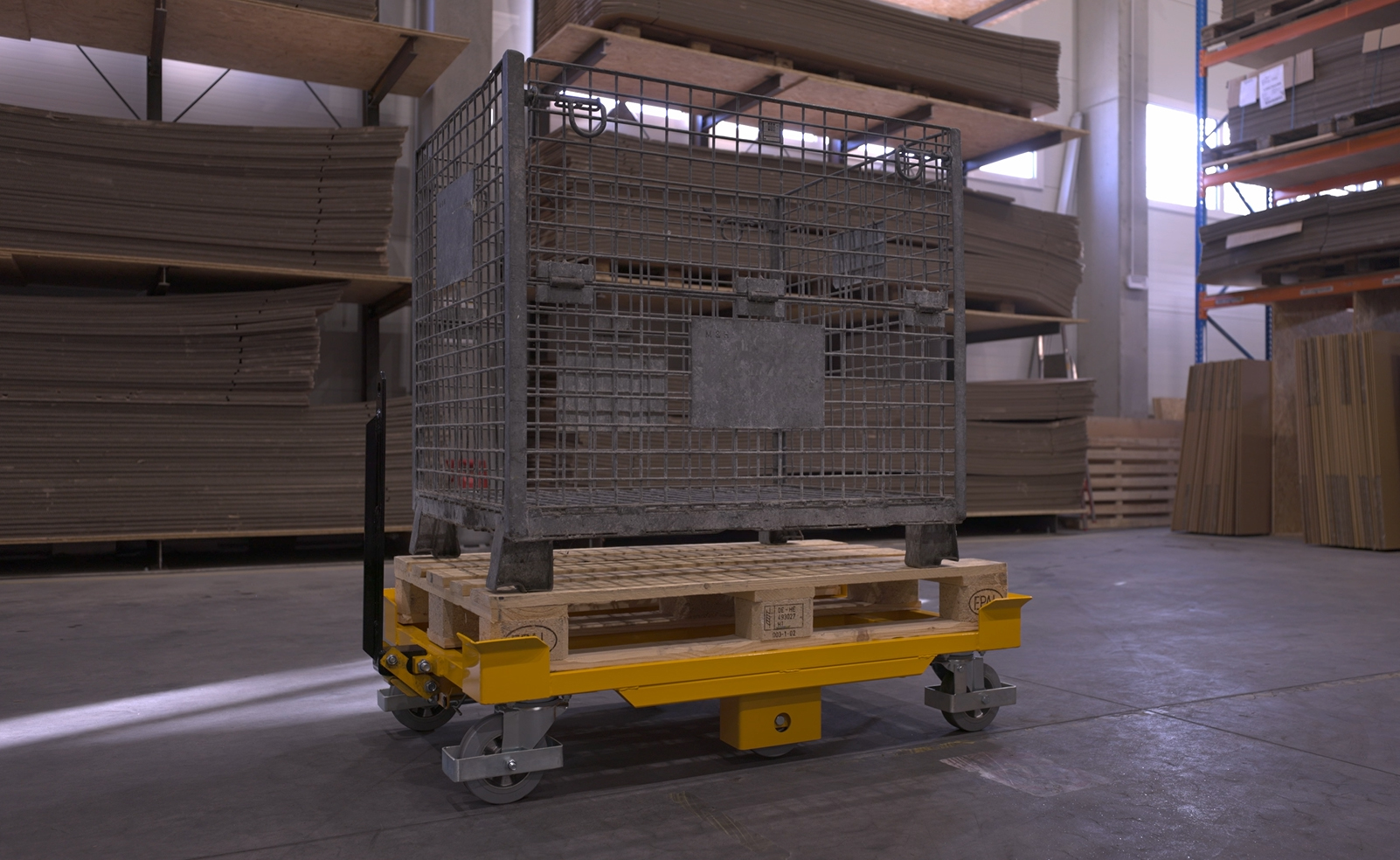
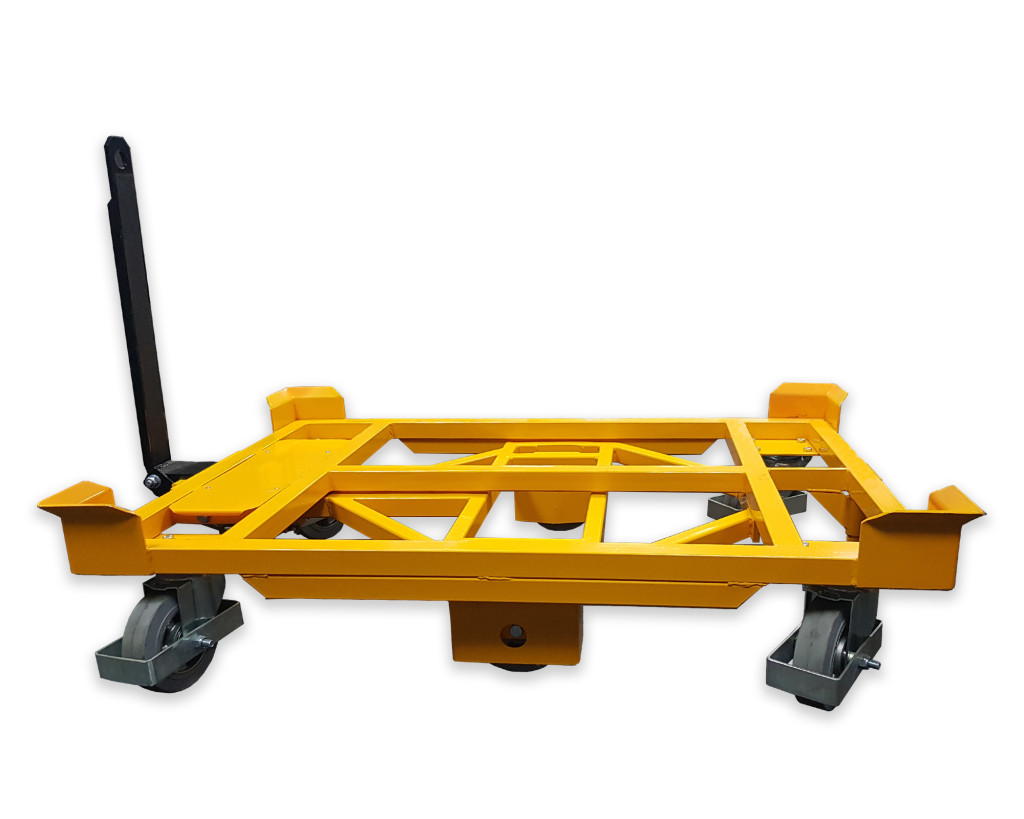
Waste of resources, as well as time, can occur at every step of the production process. That is why it is good to regularly evaluate the efficiency of the production process and thereby reveal other places of waste. This goes hand in hand with the constant optimization of production processes, which can also mean expanding or rebuilding existing workplaces.
You can optimize the existing workplace with the help of lean manufacturing and its principles so that the employee will feel better and be more productive here, because he will have everything at hand and will not waste time looking for materials or tools. From aluminum and modular pipe systems, optimal solutions can be designed exactly according to the needs and requirements of the user. The system allows countless variants and combinations, so you can make the most of it for your operation. The pipe system can be perfectly implemented wherever it is needed. This will increase productivity and optimize operating costs, giving you improved performance in the shortest possible time.
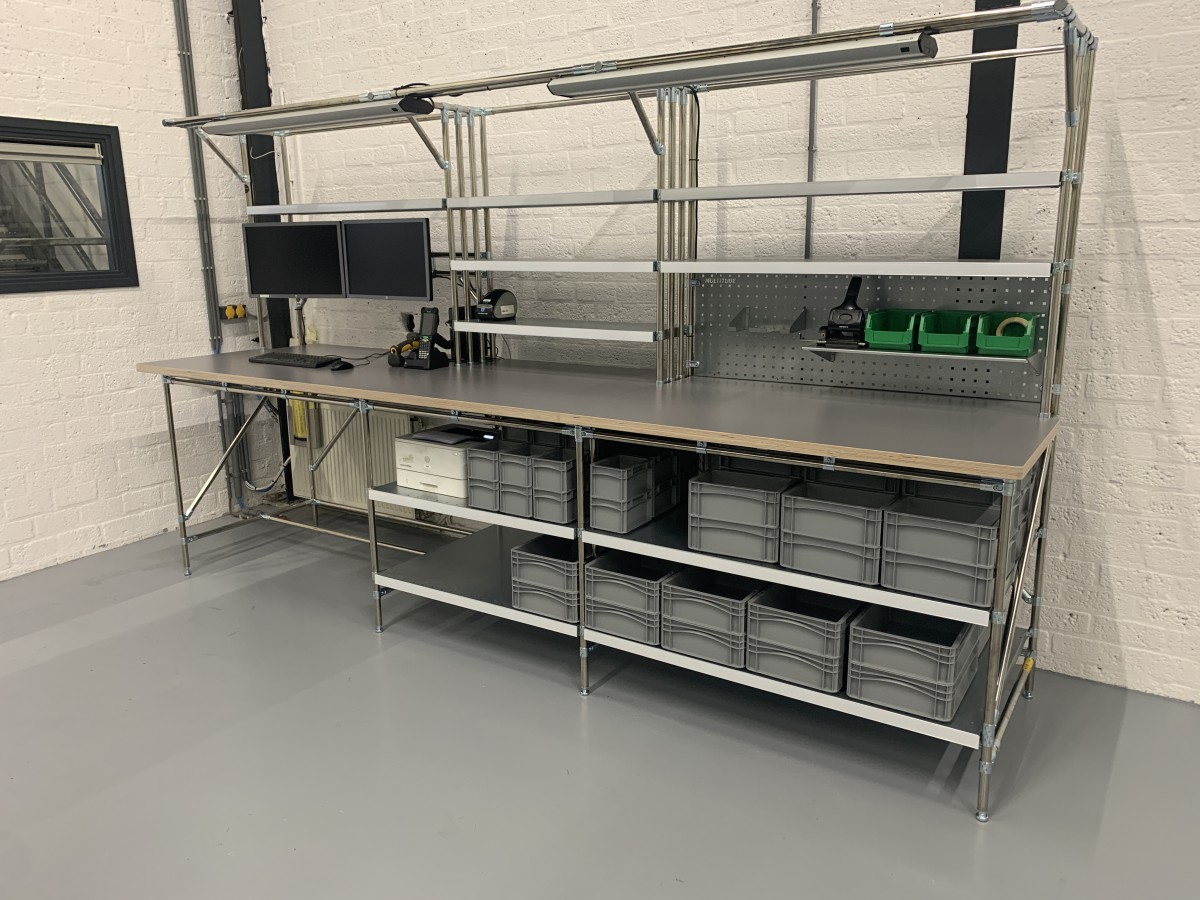
Even though these are custom-made products, there is no need to worry about high costs. The purchase price is very favorable. Another big benefit is the simple rebuilding of ready-made applications that you no longer need for new ones or the possibility of simple expansion of existing workplaces.